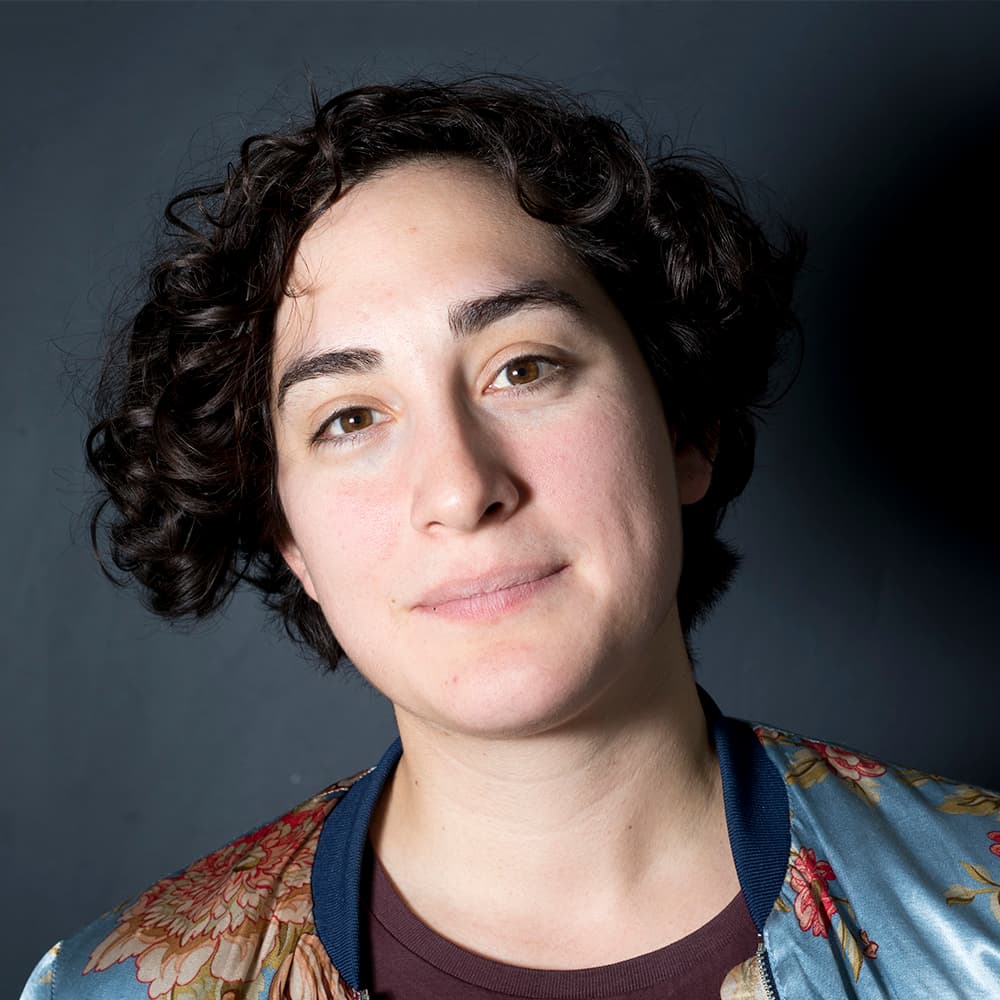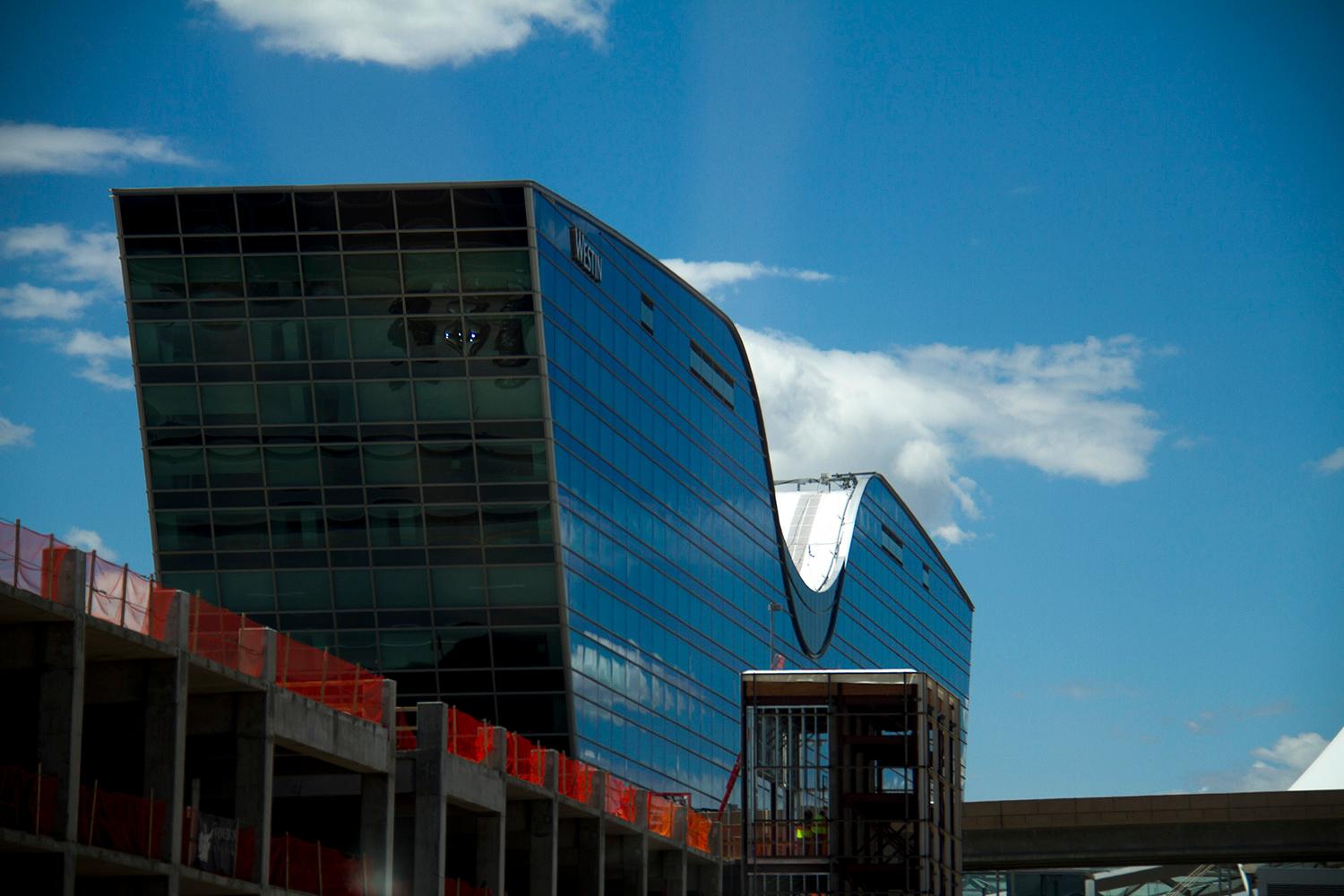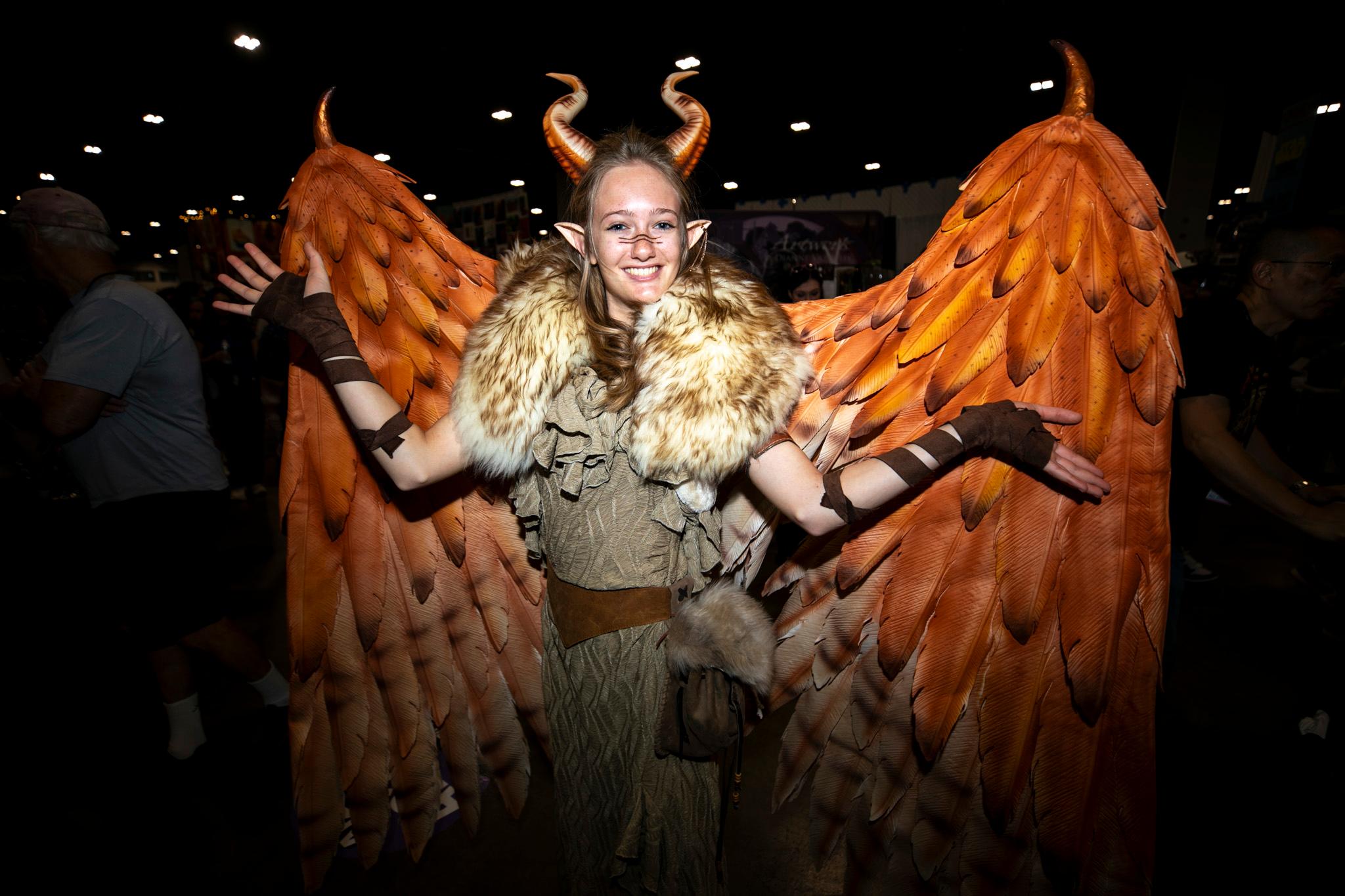Enough about Denver International Airport's travel times! Let's hear about its looks.
The Architect's Newspaper examined additions to the airport and gave reviews that ranged from "handsome, if unexceptional" to "lifeless melancholia."
The new Westin hotel, seen above, is the "handsome, if unexceptional" one.
From the catenary swoop of the Westin roof to the well-executed structural canopies interpenetrating it, this is a project that aspires to deliver great design in spite of the city’s traditionally conservative approach to architecture.
And AN has mostly nice things to say about the public art pieces at the airport:
In most cases, such as Patrick Marold’s Shadow Array, it supplements the design in a harmonious and aesthetically pleasing way.
Worth noting here is how much money the airport spends on its public art. Colorado Public Radio has a detailed look at how DIA ended up with 35 public art pieces.

Since 1991, whenever Denver spends more than $1 on a "capital improvement project," 1 percent of the budget goes toward art for the site, CPR reports. (Taxpayers aren't footing the bill. It's complicated. Go read the whole piece.) That adds up to a lot of money for art.
Especially the art that doesn't land, which brings us back to author Nick Cecci's choice words for Field of Air in his AN piece:
In the grand public plaza, however, Ned Kahn’s kinetic artwork only adds to the lifeless melancholia, making the traveler wish for a patch of swaying greenery, which, ironically, Kahn’s piece is supposed to evoke.
That particular piece of art also cost $2 million.
At the end of the day, there's still the rest of the city to beautify, plus the 30 miles along the A Line. And Cecchi says the city comes up short: "One attractive project alone cannot chart a new course for architectural and urban design in the city."
What the city requires is an elevated discourse around architecture and urbanism that goes beyond a limited number of showcase projects and is fostered by the same degree of cultural investment and education that Denver has put into its public art program and economic development initiatives -- the results of which speak for themselves.













